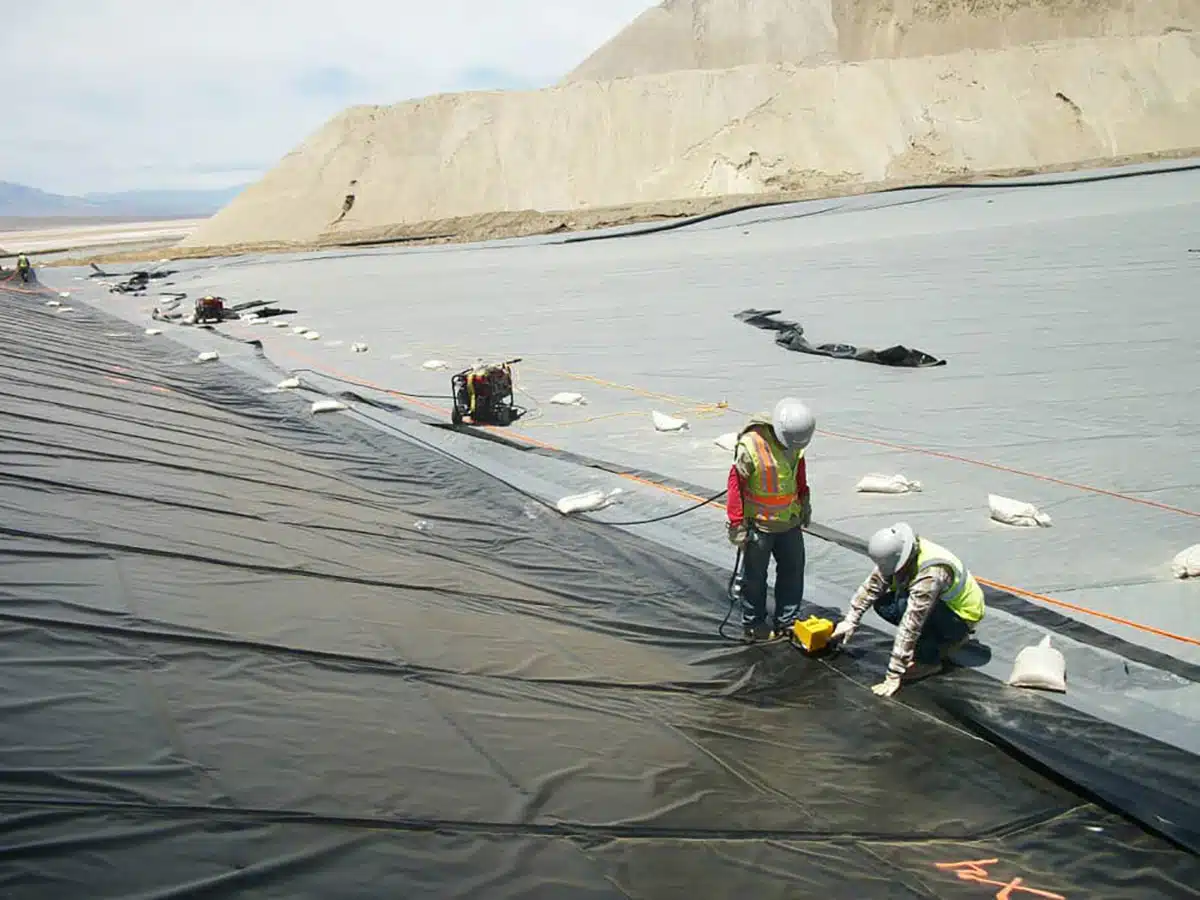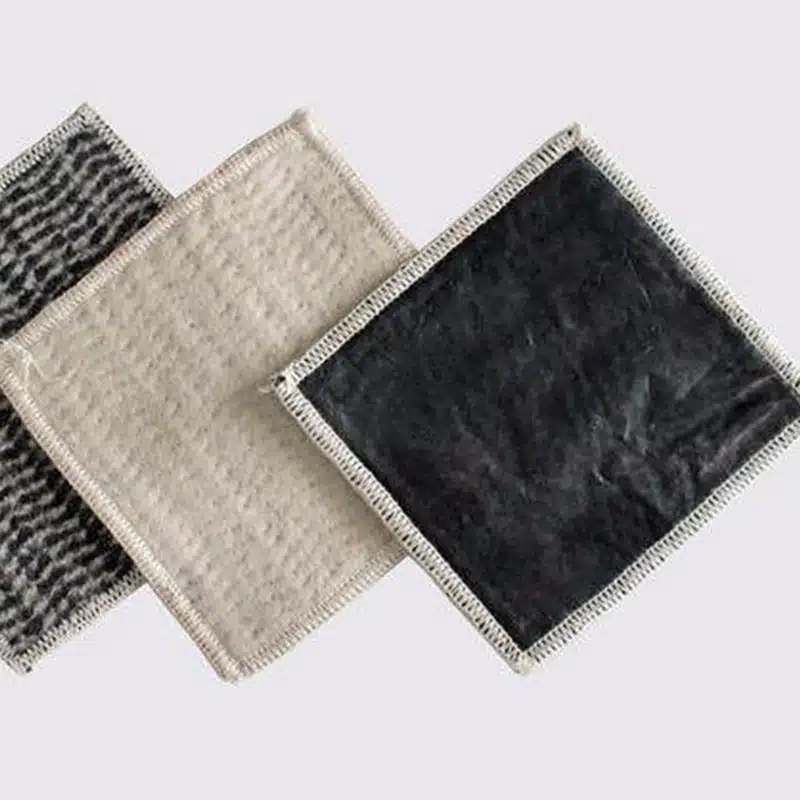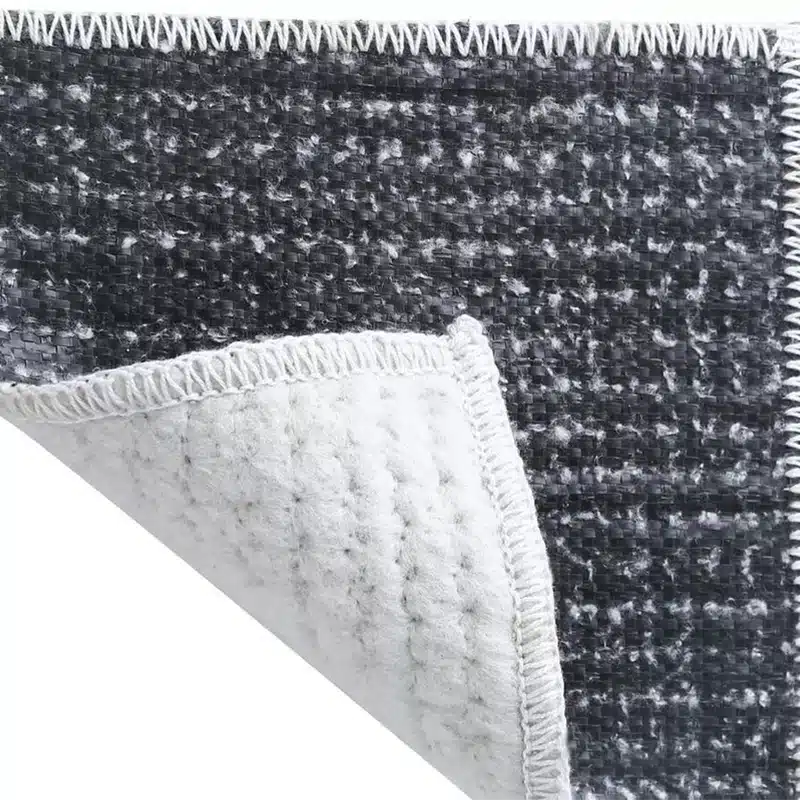+86-159 9860 6917
info@geofantex.com
geofantex@gmail.com
+86-400-8266163-44899
In the rapidly evolving field of civil engineering, geosynthetics have become a cornerstone for innovative ground improvement techniques. These synthetic products, made from polymeric materials, are used extensively not only to enhance the mechanical and physical properties of soil but also can improve the mechanical properties of a soil mass by adding a reinforcing element that provides increased strength and deformation resistance. By incorporating geosynthetics, engineers are able to ensure greater durability, stability, and effectiveness in various construction projects, from roads and embankments to large-scale building foundations. This article delves into how geosynthetics are transforming the landscape of ground improvement, offering sustainable, cost-effective solutions for complex engineering challenges.
What are Geosynthetics and What Types are Most Commonly Used in Ground Improvement?
Geosynthetics are a range of synthetic products used to solve civil engineering problems. They include geotextiles, geomembranes, geogrids, geonets, geofoam, and geocells. Each type serves a specific function:
Geotextiles are permeable fabrics that, when used in association with soil, have the ability to separate, filter, reinforce, protect, or drain. They are often used to enhance soil strength and facilitate erosion control.
Geomembranes act as barriers to prevent the migration of fluids in landfill liners and caps.
Geogrids are used primarily for reinforcement and help to stabilize terrains.
Geocells provide three-dimensional confinement that enhances soil strength and promotes vegetation growth on steep slopes.

How Do Geosynthetics Improve Soil Stability?
Geosynthetics improve soil stability by providing reinforcement, increasing drainage, and enhancing the soil’s physical properties. Geogrids, for instance, interlock with soil, distributing loads over a broader area and thus reducing the pressure on underlying soil layers. Geotextiles prevent soil erosion by filtration and separation, retaining soil particles while allowing water to pass through. This interaction between geosynthetics and soil particles creates a more stable and durable composite material that can withstand environmental stresses and loads.
What are the Environmental Benefits of Using Geosynthetics in Ground Improvement?
The use of geosynthetics in ground improvement projects brings several environmental benefits:
Reduction in the use of natural resources: Geosynthetics reduce the need for natural aggregate materials traditionally used in construction.
- Erosion control: They help to minimize soil erosion in vulnerable areas, thereby protecting natural landscapes and water quality.
- Carbon footprint reduction: By improving project efficiency and reducing the amount of required traditional materials, geosynthetics can lead to a lower carbon footprint in construction projects.
- Recyclability: Many geosynthetic products are made from recycled materials and can themselves be recycled, promoting a circular economy in the construction industry.
What Future Developments Are Expected in the Field of Geosynthetics?
The future of geosynthetics in ground improvement looks promising with ongoing research and technological advances. Future developments may include:
- Biodegradable geosynthetics: Research is ongoing into creating geosynthetics that degrade naturally after fulfilling their purpose, reducing environmental impact.
- Smart geosynthetics: Innovations may lead to geosynthetics capable of monitoring their own condition and the condition of the soil around them, providing real-time data to engineers.
- Enhanced durability and functionality: Continuous improvements in the materials used for geosynthetics will aim to enhance their durability, functionality, and resistance to environmental factors.
Geosynthetics are proving to be an invaluable asset in ground improvement strategies, offering not only enhanced performance and durability but also significant environmental benefits. As the technology advances, the role of geosynthetics in civil engineering is set to grow, promising more efficient, sustainable, and cost-effective construction solutions. The ongoing development and application of these materials are crucial for meeting the demands of modern infrastructure and environmental challenges.



Get Free Sample
We’ll respond as soon as possible(within 12 hours)






















